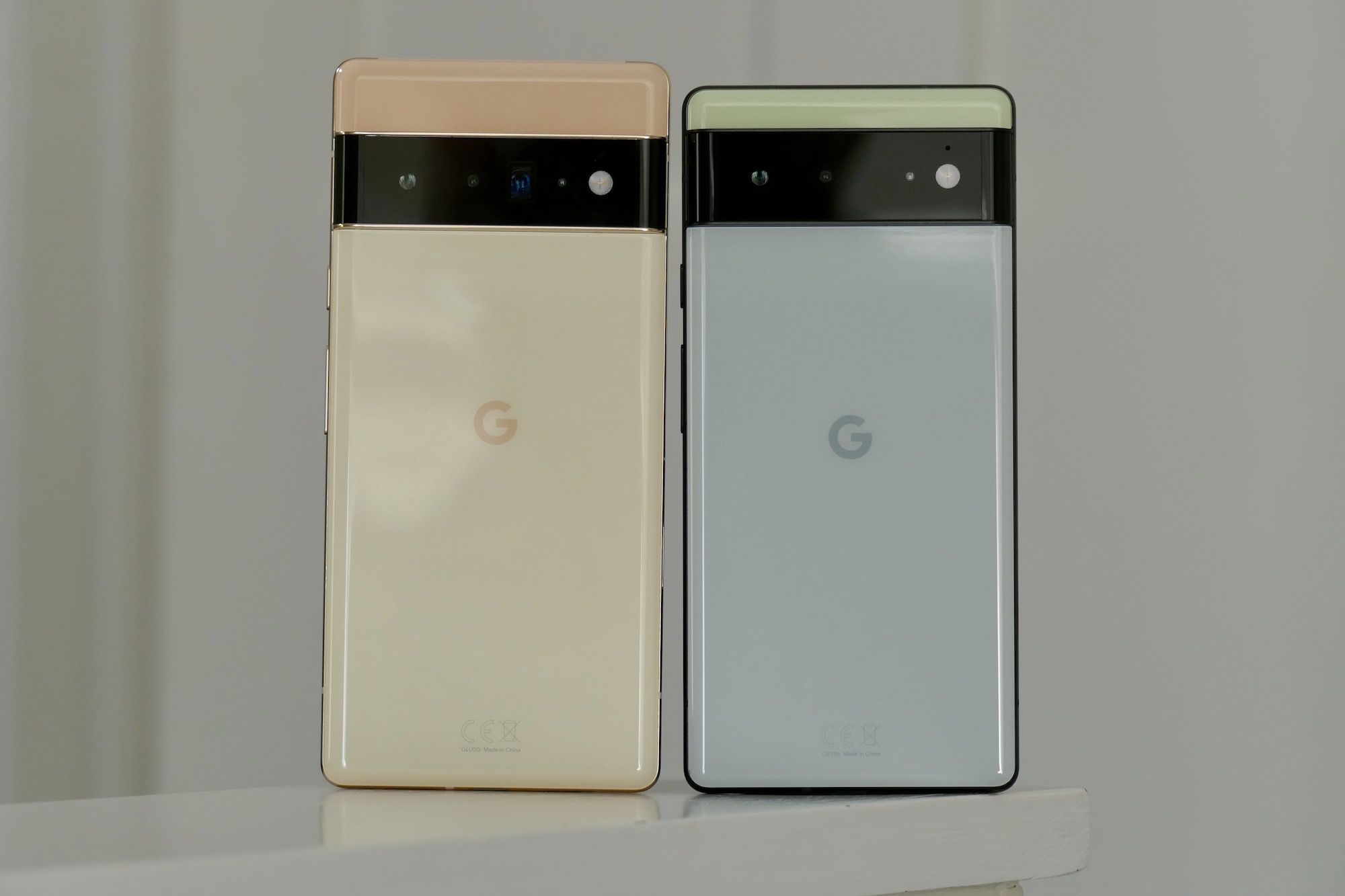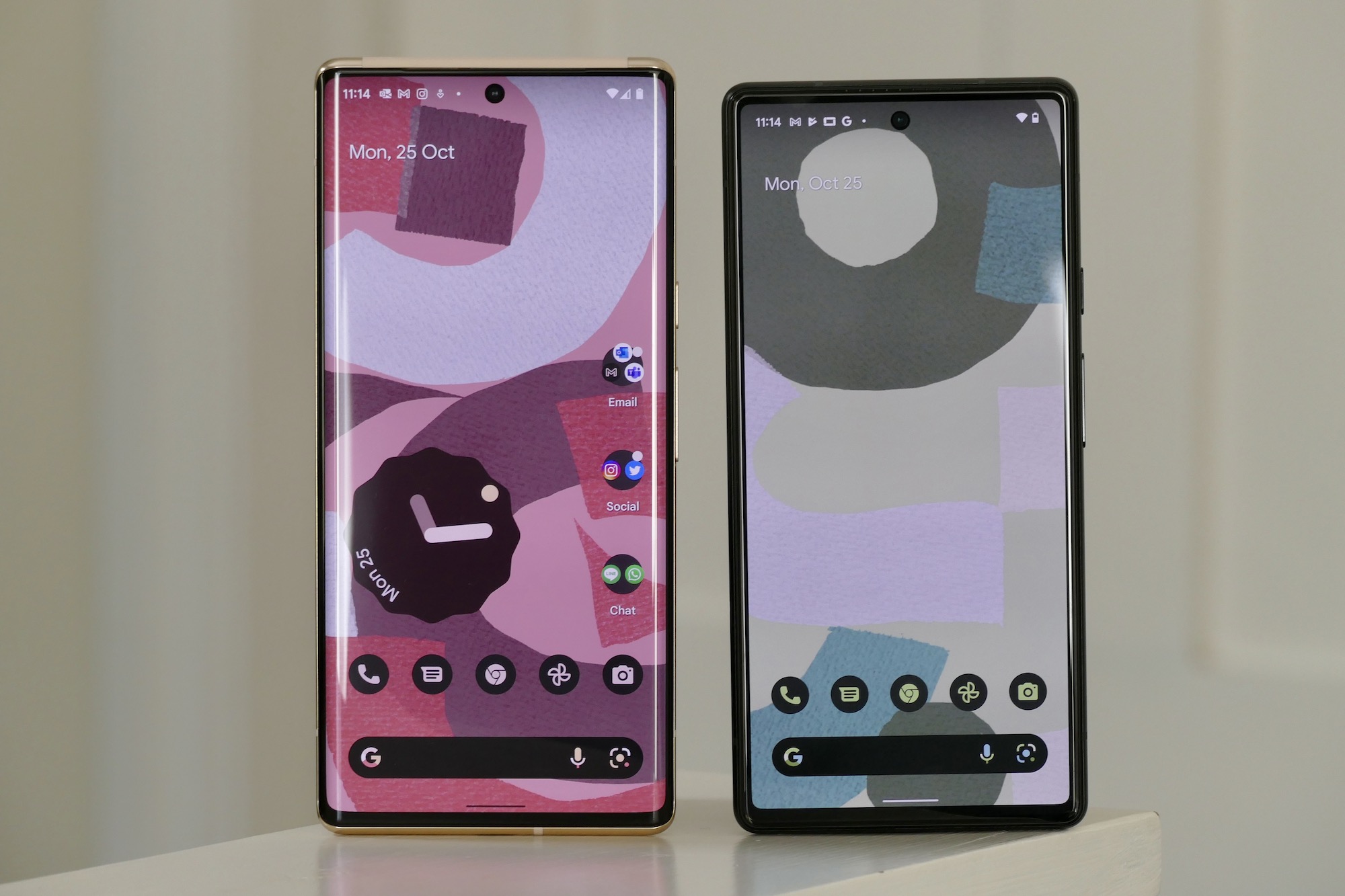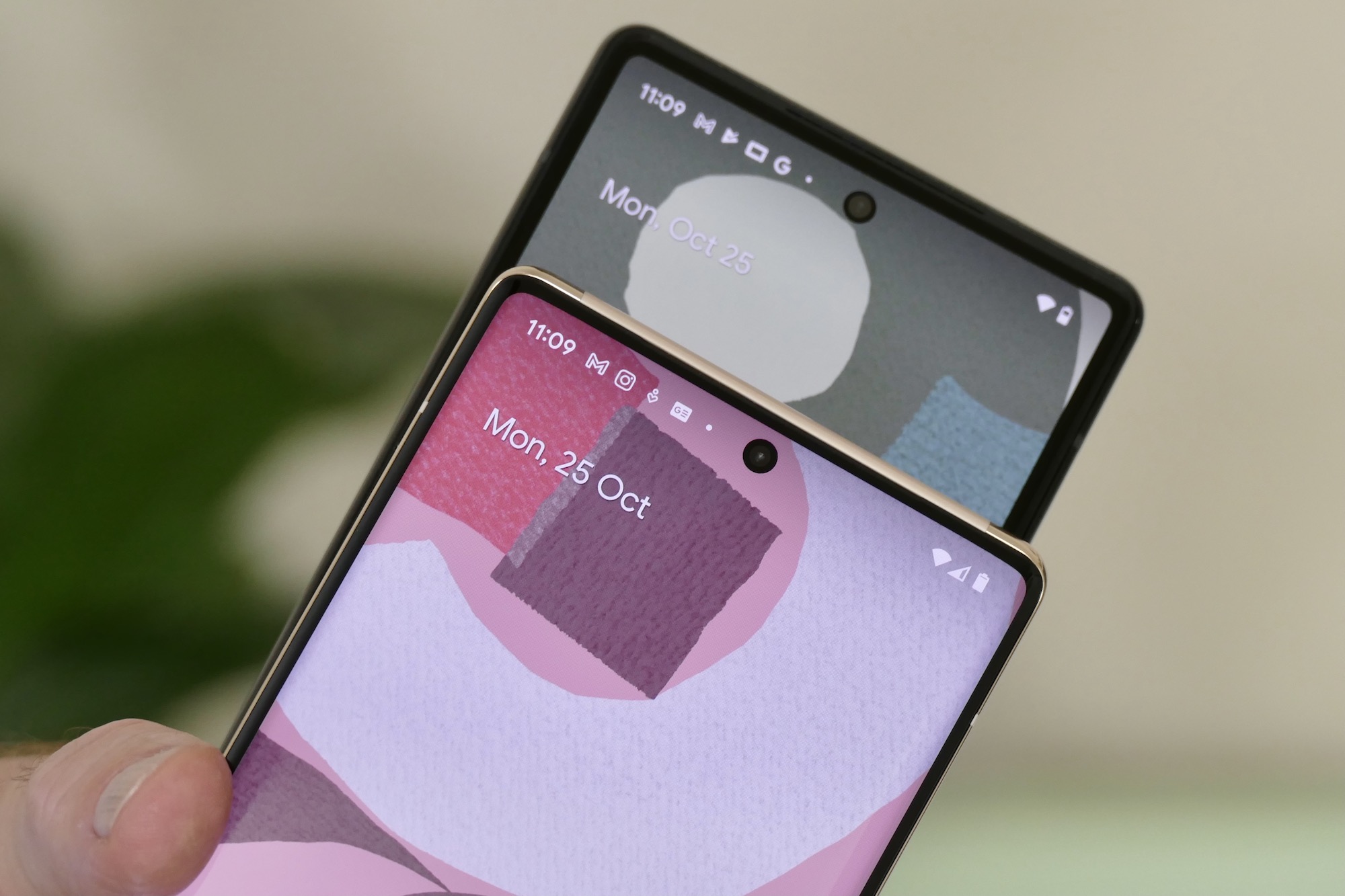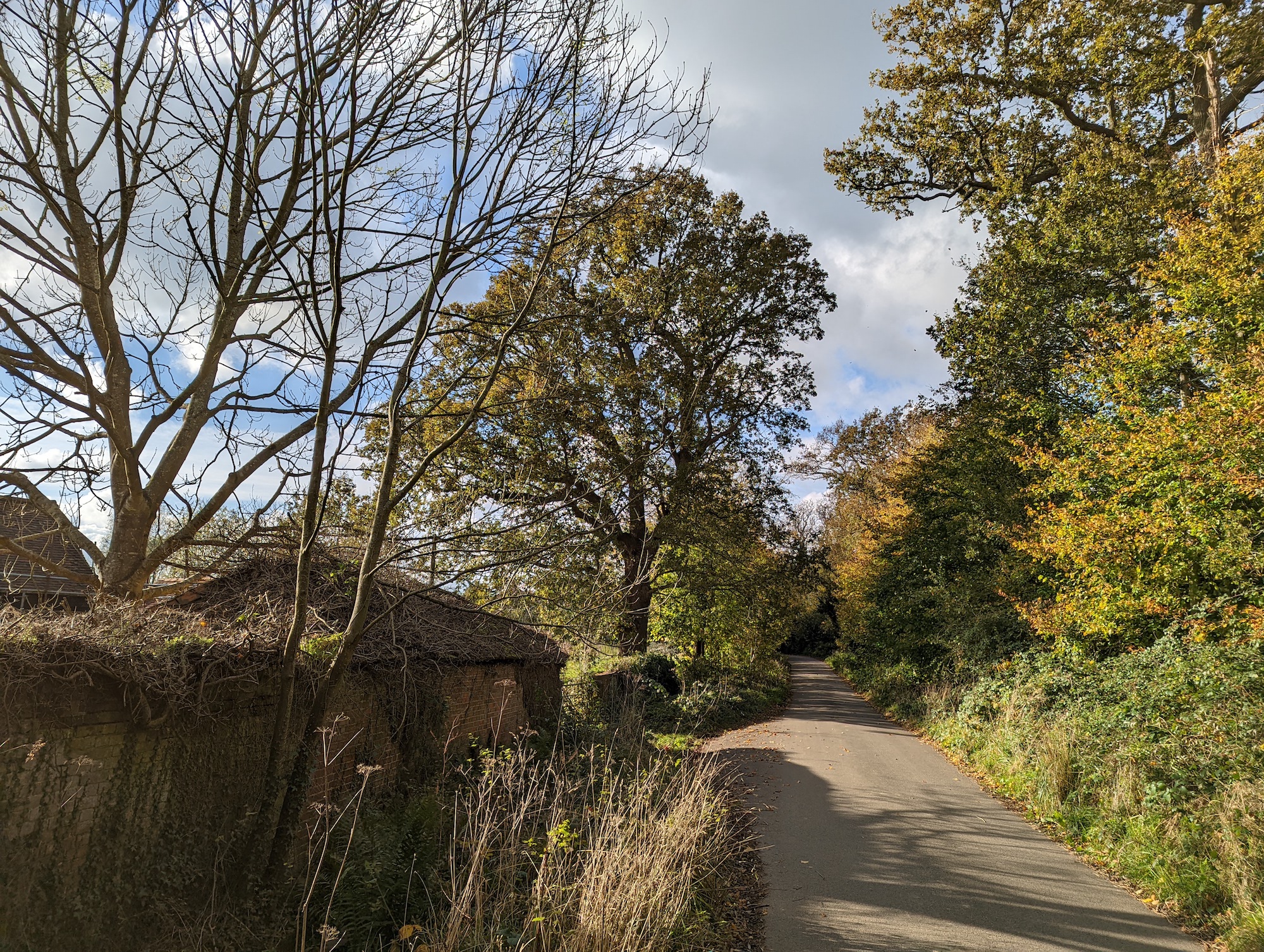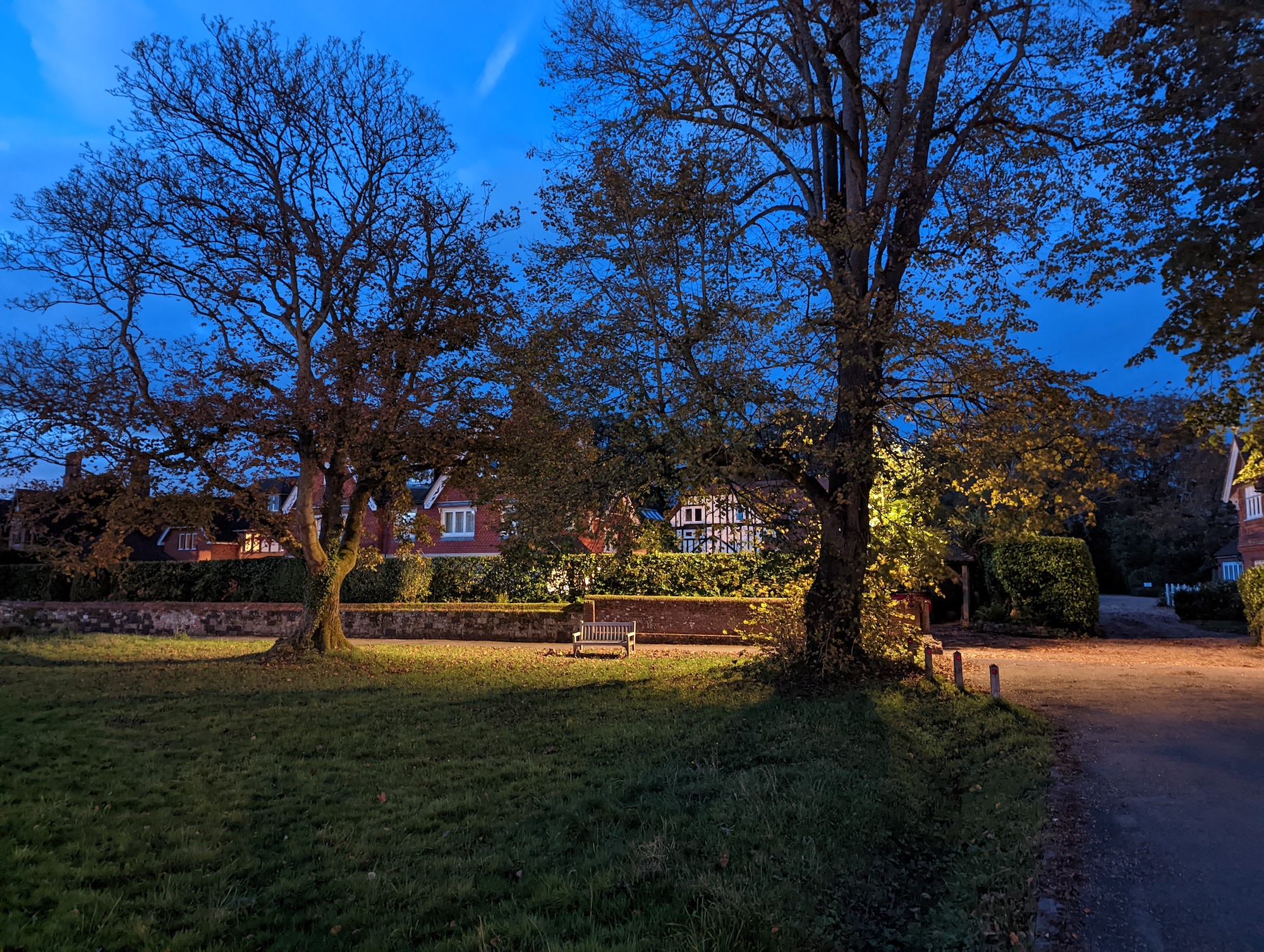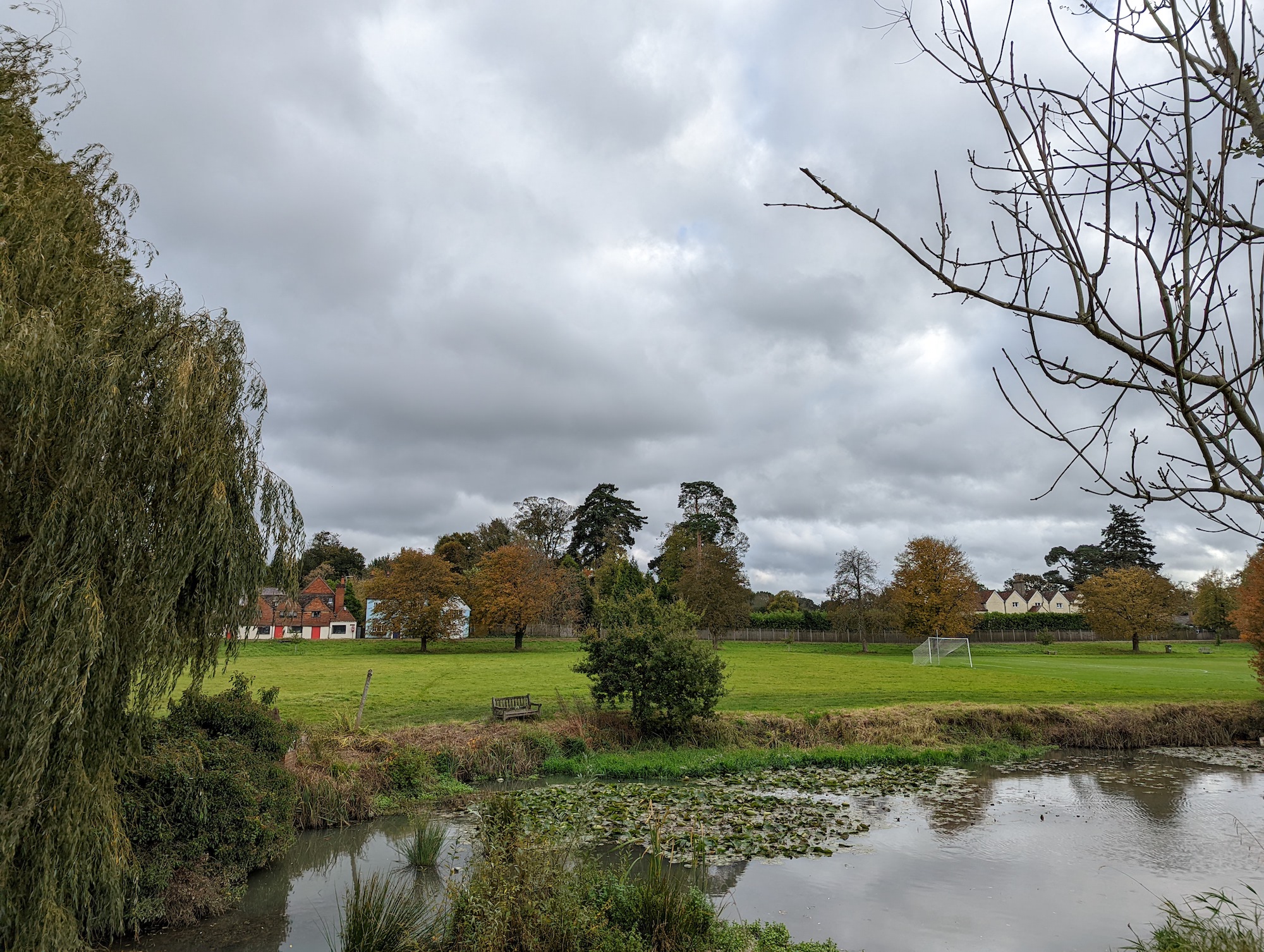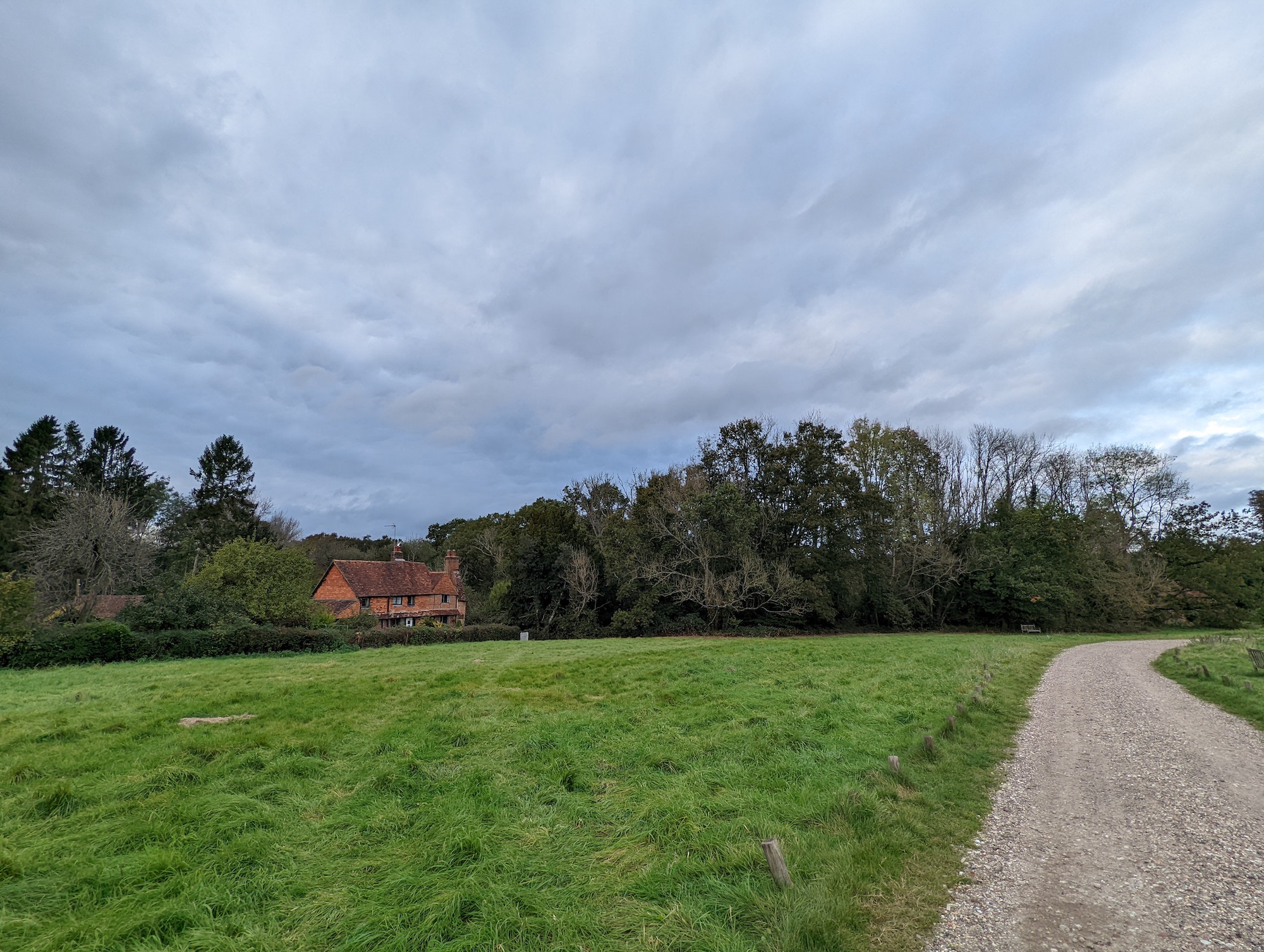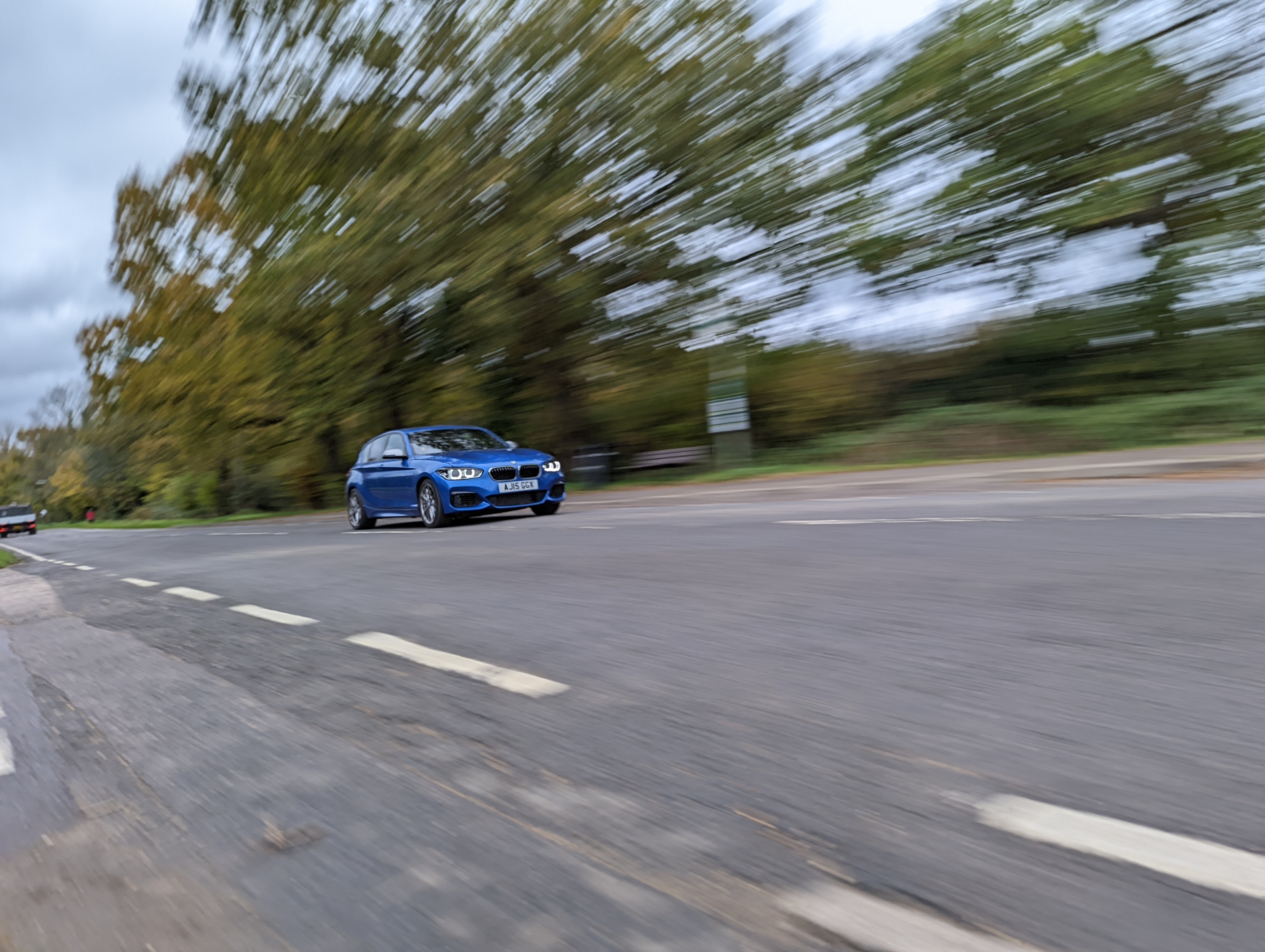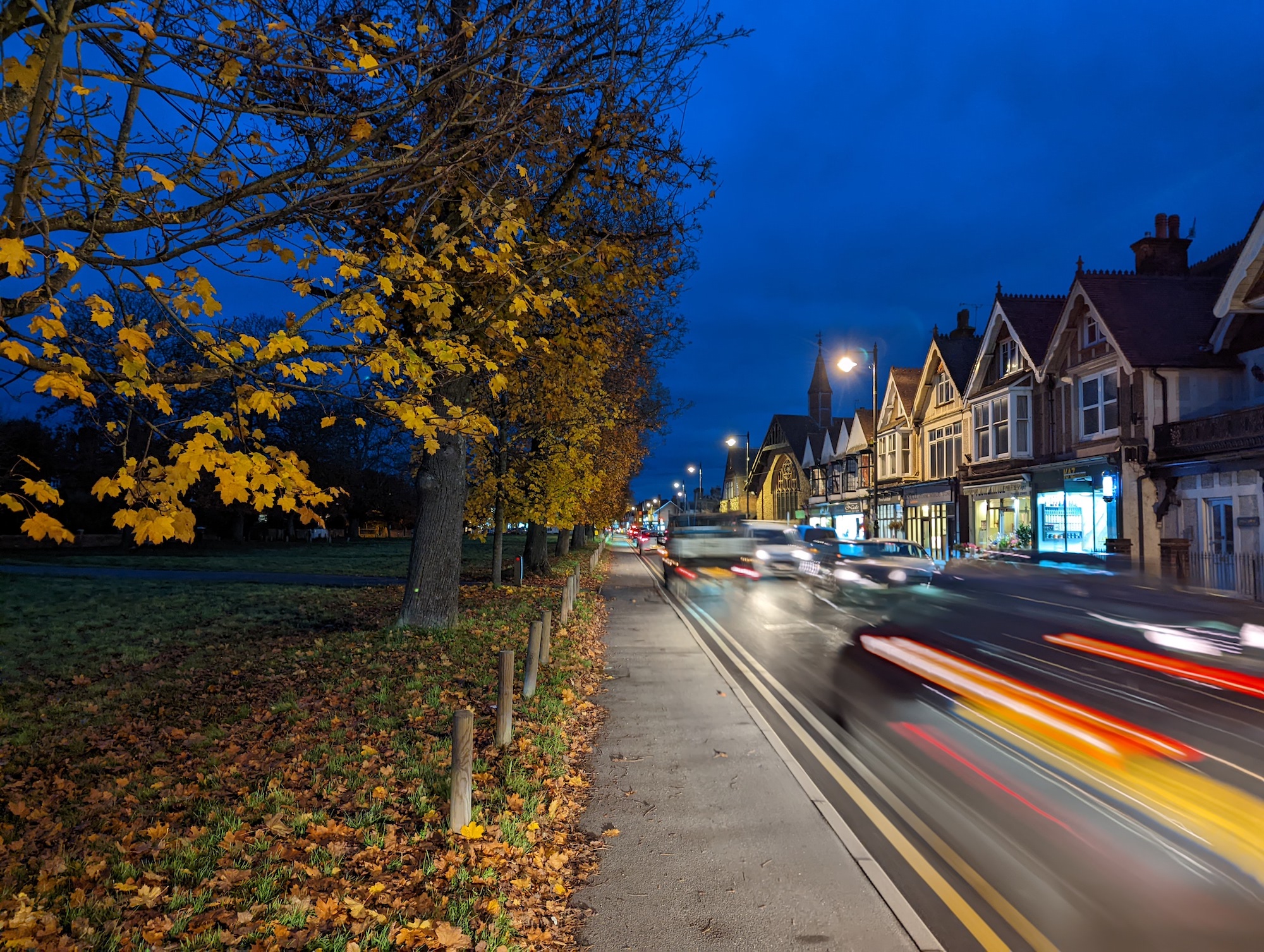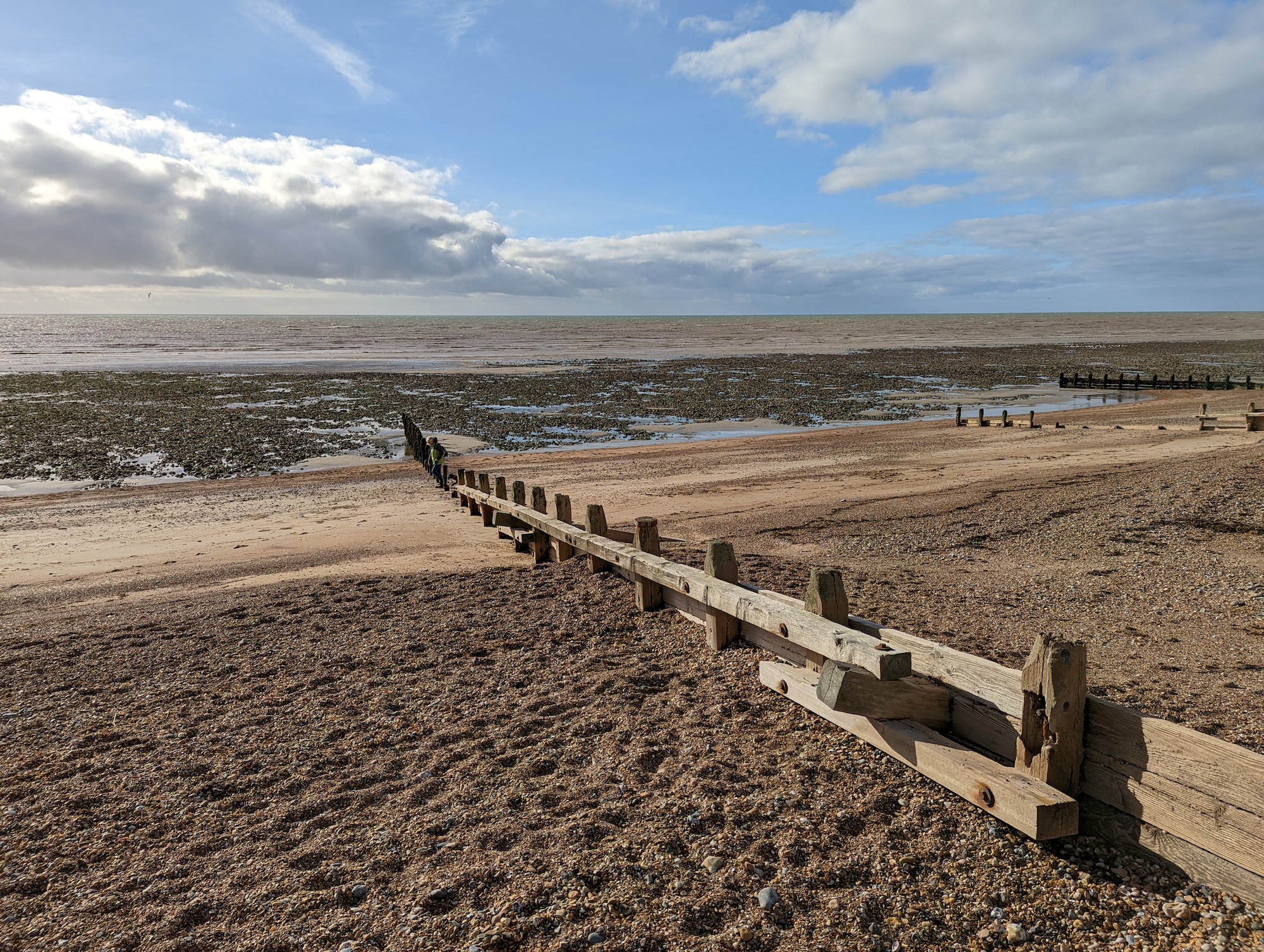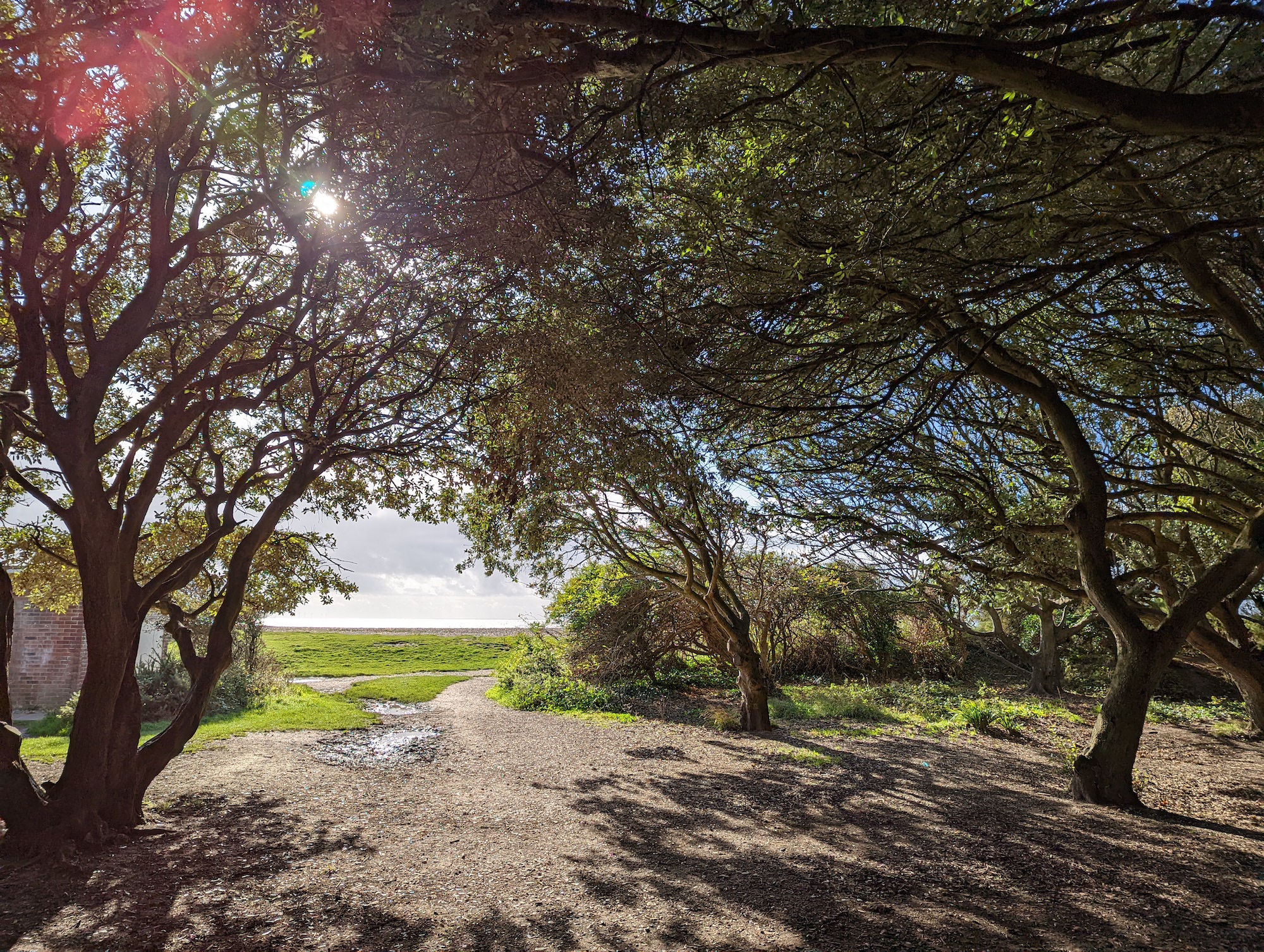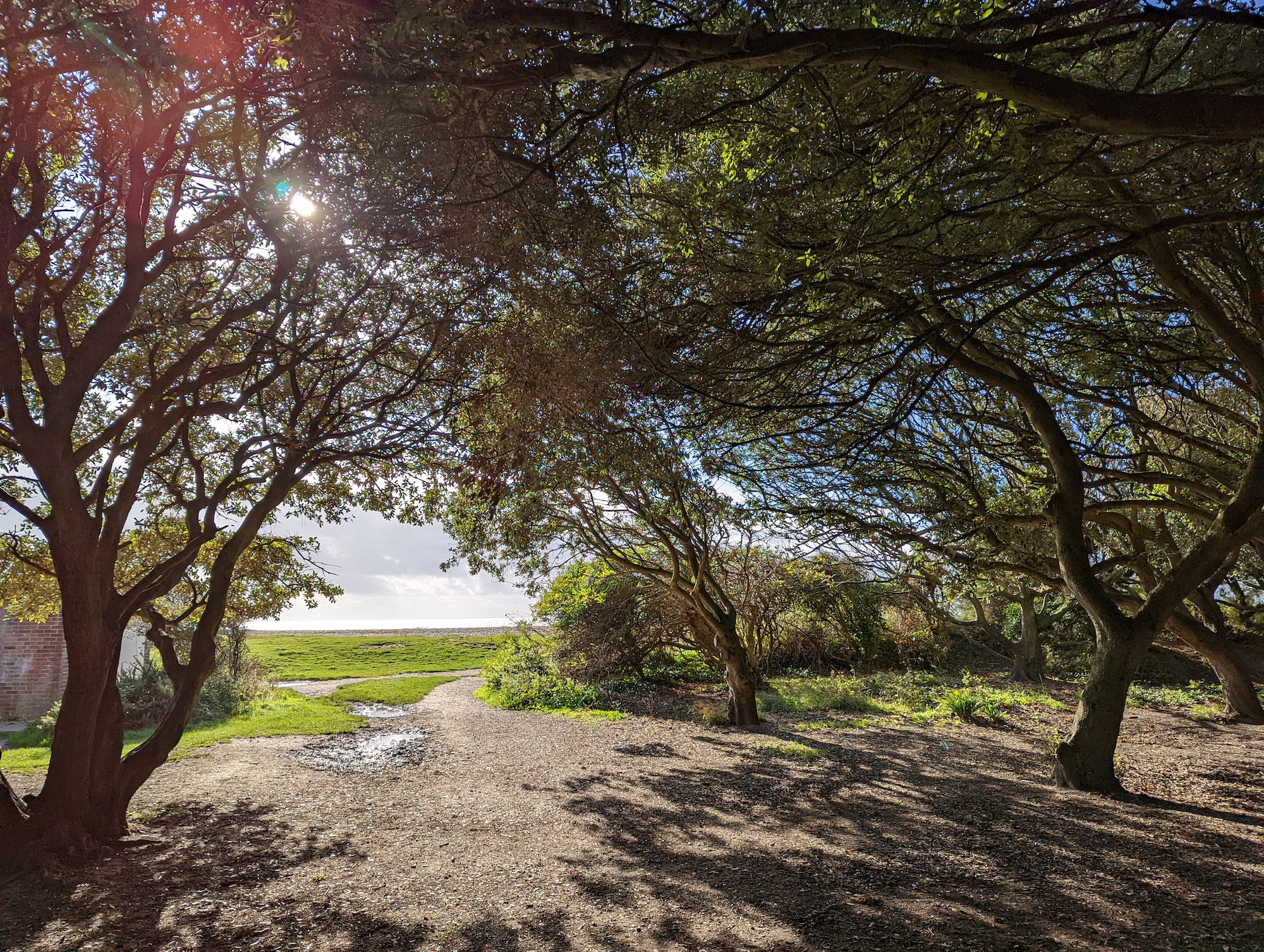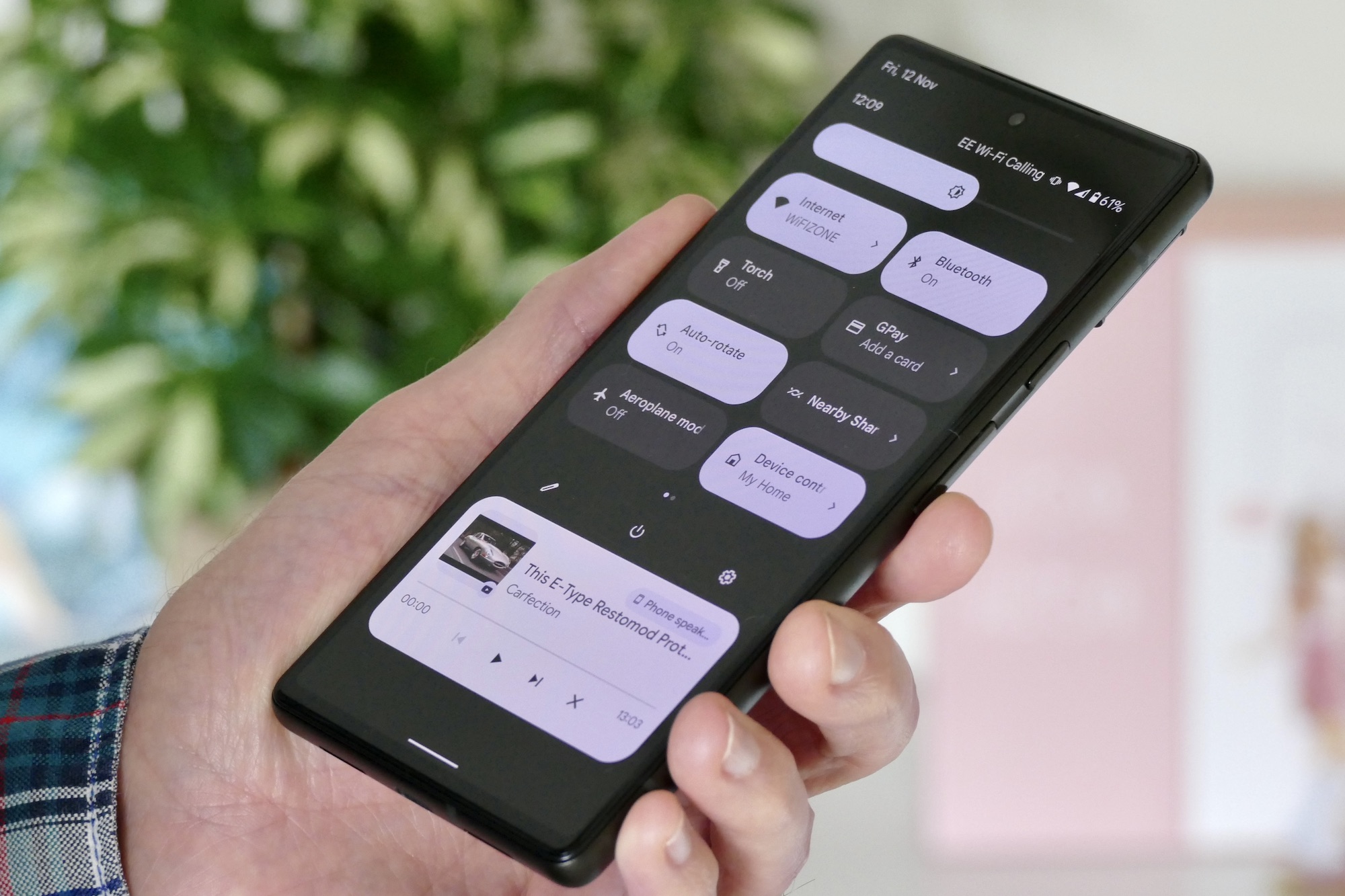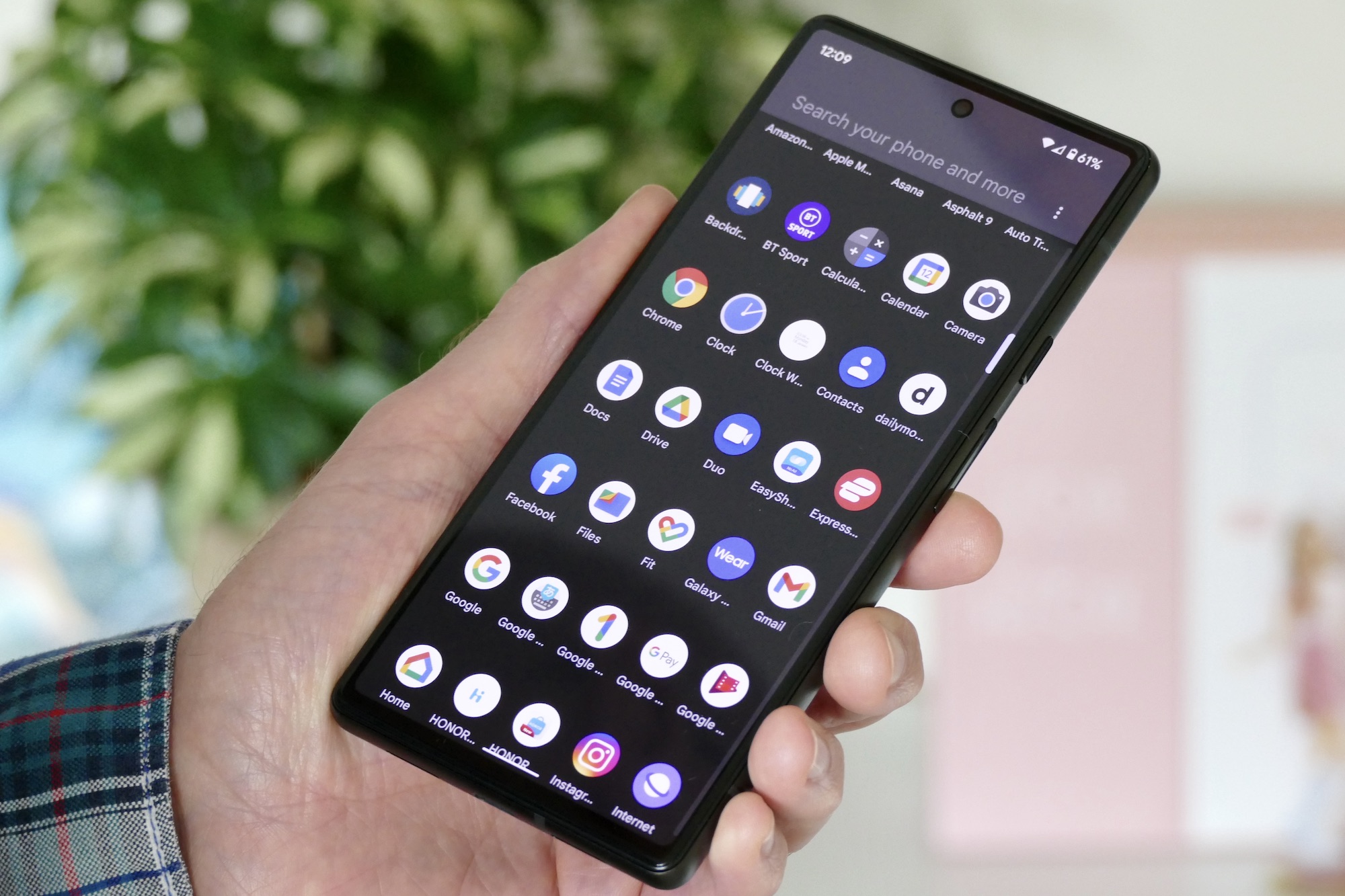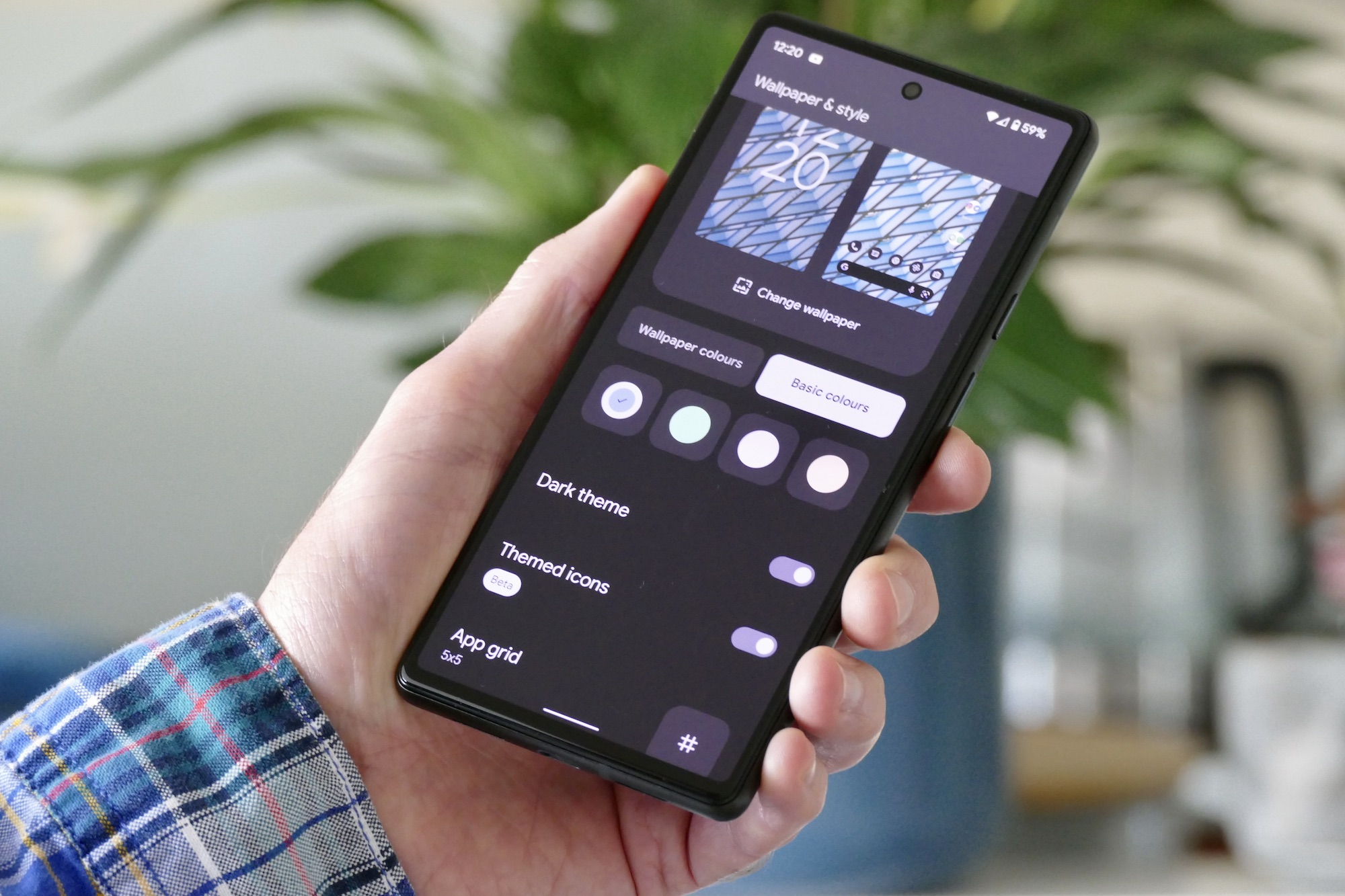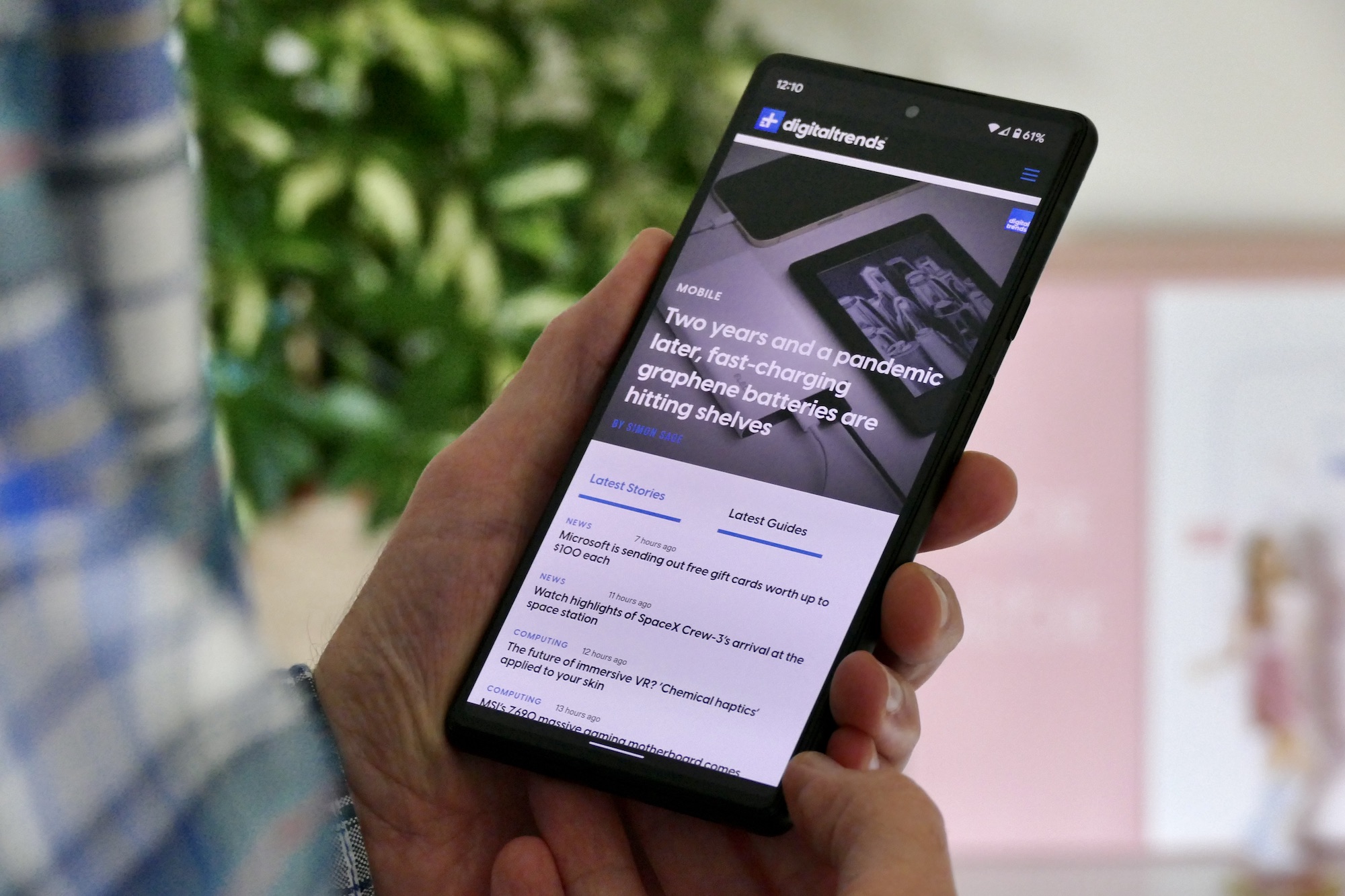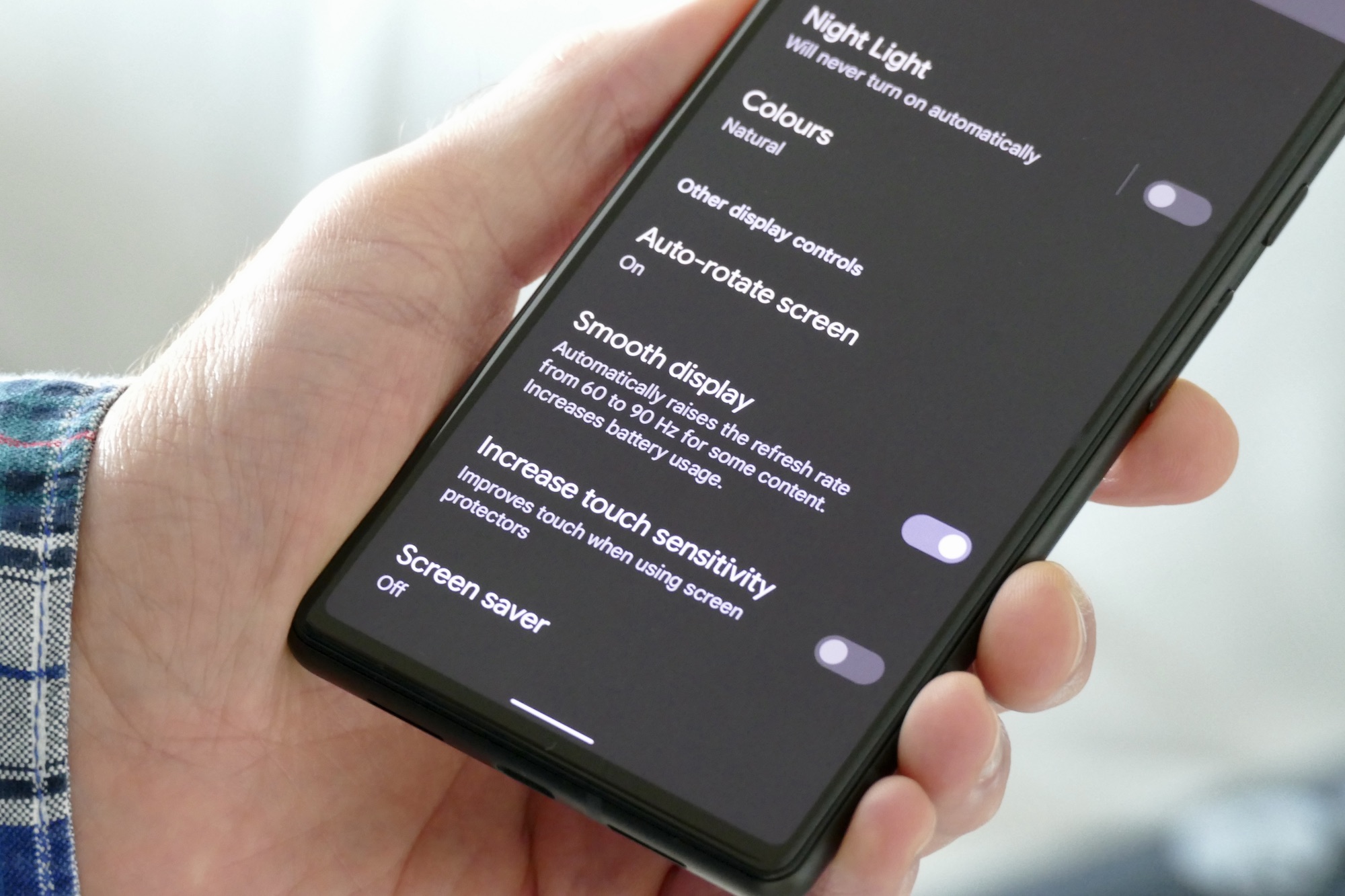“The Pixel 6 may be flatter and cheaper than the Pixel 6 Pro, but the software, performance, and even the screen and camera get close enough to still make it tempting.”
- Great camera
- Screen is colorful and vibrant
- Latest Android 12 software
- Years of software updates
- Flaky connectivity
- Fast charger not included
The Pixel 6 Pro is Google’s heavy hitter in its new smartphone lineup for 2021, but the Pixel 6’s lower price — $599 rather than $899 — makes it considerably more tempting for most people. But now that we know how good the Digital Trends’ Editors’ Choice-winning Pixel 6 Pro is, does the cheaper version still make sense given the hardware trade-offs?
Design
If you only give them a cursory glance, there’s not much to differentiate the Pixel 6 from the Pixel 6 Pro, especially if they’re both facedown. Look more closely, and it’s obvious which is which, as the Pixel 6 has a smaller section of body above the camera module compared to the 6 Pro. If the light’s right, you’ll see the Pixel 6’s camera module doesn’t contain a periscope zoom camera, either.

Pick the Pixel 6 up, and the flat screen design gives it a more “classic” in-hand feel, and there’s actually better grip than with the curvy Pixel 6 Pro. I haven’t had to juggle the Pixel 6 as much as I did with the Pixel 6 Pro, and I’ve generally felt less likely to accidentally drop it. The Pixel 6 is made of glass and metal, though, which means it still slips about on many surfaces. It’s also quite substantial at 8.9mm thick and 207 grams.
In fact, it’s barely any smaller than the Pixel 6 Pro — just flatter — and this introduces a bit of a problem. While the Pixel 5 was compact by modern standards, neither Pixel 6 phones are svelte, and if you’re looking for a pocket-friendly, lightweight Google phone to replace your Pixel 3 or Pixel 4, then there’s nothing in the Pixel 6 lineup for you. It’s the Pixel 5a (if you’re in the U.S. or Japan) or going for a different brand altogether.

The color of the phone in my photos is called Seafoam, and the minty tone is very pretty indeed. I’ve used the phone for a few weeks now, and it has spent time inside and outside of bags and pockets, but has not been treated too badly. I have noticed a few surface scratches on the Gorilla Glass 6 rear panel, which can be felt with your fingertip, but they’re only seen when the light catches it in the right way. Oddly, the Pixel 6 Pro hasn’t collected these marks, despite being made of the same materials.
I would have liked the Pixel 6 to be smaller to really be a clearer choice from the Pixel 6 Pro, but otherwise, the design is a winner. It has character and visual appeal, the body-wide camera module looks cool, and the colors are inspired, stupid names aside. It’s a very different and welcome approach this time around compared to Google’s dreary designs on previous Pixels.
Screen
The other defining design aspect of the Pixel 6 is its screen, which is flat compared to the curved Pixel 6 Pro. It measures 6.4 inches and has a 20:9 aspect ratio and a 2400 x 1080 pixel resolution, plus a 90Hz refresh rate. It supports HDR and has an always-on screen. This is a lower specification than the 6 Pro, but in reality, the two aren’t that different.

Before going into more detail, it interestingly does not seem to suffer from the same problems I encountered with the Pixel 6 Pro’s 120Hz refresh rate. Scrolling is smoother in the apps, which were problematic on the Pixel 6 Pro at 120Hz, although maybe not quite as smooth as on other phones. It still doesn’t feel quite right but is considerably better than the Pixel 6 Pro.
The refresh rate issues were the only blight against the Pixel 6 Pro’s screen, which is otherwise glorious. So, can the Pixel 6’s lower-spec screen keep up? It’s obviously not quite so pin-sharp due to the lower resolution, but you do have to go looking for the difference. Watching video shows it’s a tiny bit cooler than the deliciously natural and warm Pixel 6 Pro screen, but it takes a few minutes of careful study to see the difference.

The screen is really beautiful and a high point of the Pixel 6, but it’s not flawless. It’s let down by the bezels and the overall flatness. There will be those who don’t mind the flat screen, but for me, it (along with the 20:9 aspect ratio) makes it look cheap and aged, and the bezels are quite substantial, especially on the chin. The auto brightness can be dim-witted, and the overall brightness isn’t that high, either. I can still see it in sunlight (well, the U.K.’s mostly pitiful sunlight), but it requires maximum brightness, making me question its ability if I went to a place with proper sun.
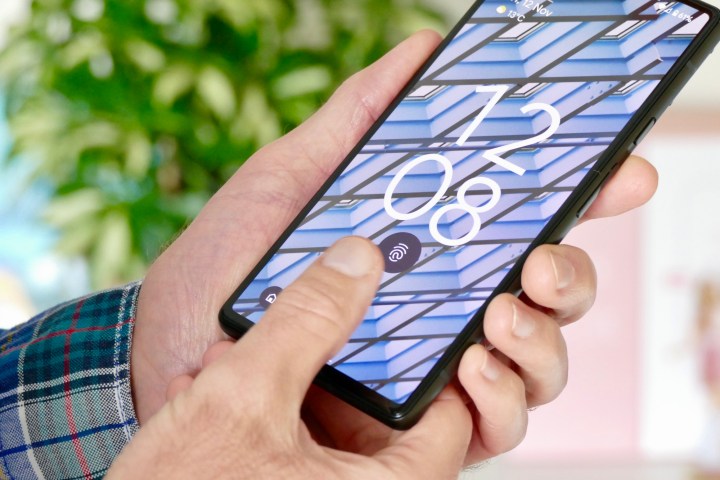
The in-display fingerprint sensor is more reliable and slightly more accurate than the one in the Pixel 6 Pro. I’ve not had to reregister my fingerprint in an effort to make it work more consistently, and I’ve been able to use the PIN less as well. Google says enhanced security measures make the sensor slower to use than some others, but I’ve had different experiences across both phones, so I’m not sure whether this is really the case. For me, the Pixel 6’s fingerprint sensor is better to use and live with each day than the one on the Pixel 6 Pro.
Camera
If you want Google’s best camera, you have to buy the Pixel 6 Pro, but the Pixel 6 still has the same main 50-megapixel, f/1.85 aperture camera and 12MP wide-angle camera with a 114-degree field of view. It does not have the 48MP telephoto zoom camera. The selfie camera is also different, with the Pixel 6 making do with a fixed-focus 8MP camera in the hole-punch cutout.

With the same main camera, you’d expect photos to be identical between the two phones, but there are some unexpected differences. Not better or worse, just a slight change in color tone and balance — and not all the time. However, in all my comparisons, it was the Pixel 6 Pro that took the better photos, suggesting it’s more than just changes in the light, angle, or environment. Take a look at the gallery below to see what I mean.
There’s no real need for concern, though, as the Pixel 6’s main camera is excellent. Take a look at our Pixel 6 Pro review for more details on it and the wide-angle camera. The Pixel 6 has the same Action Pan and Long Exposure camera modes as the Pixel 6 Pro, and you can use Magic Eraser in Google Photos, too. Its lower price means a telephoto camera hasn’t been included; Google’s digital zoom, which shoots at up to 7x, is on offer instead. It’s decent for digital zoom, but the 6 Pro’s optical telephoto camera is of better quality, which makes it more versatile.
How about the selfie camera? Despite the technical differences between them, both the 6 and 6 Pro take decent and quite similar-looking selfies, with the Pixel 6 producing slightly warmer skin tones and a stronger contrast generally, but both providing a similar level of detail. I prefer the Pixel 6 Pro’s brighter image and wider field of view, but there’s little in the Pixel 6’s selfie that couldn’t be fixed with a filter. The Pixel 6 and Pixel 6 Pro’s Real Tone feature improves the way it exposes and balances photos of people with darker skin, something no other phone camera can claim.
Yes, the Pixel 6 Pro is the smartphone to buy if you’re really into photography, but if you just want a capable camera for everyday snaps, the Pixel 6 will more than suffice. What’s impressive is how accurately and effortlessly it captures great photos, rarely disappointing, no matter the situation or time of day. I also compared the Pixel 6 Pro’s camera to the Apple iPhone 13 Pro and to the Samsung Galaxy S21 Ultra, so take a look to get a good idea of just how good the camera is.
Software
The Pixel 6 has Android 12, making it as up-to-date as Android phones get. I talk about the software experience in detail in the Pixel 6 Pro review and suggest you look there for insights into the wonderful Material You design. What I will note here is how much I like the always-on screen, which very helpfully shows a large clock and notification details, and also the general speed of the software.
It’s very fast throughout, but it’s the larger buttons, clearer menus, and integration of Google Assistant that help you refine your workflow. I’ve even gotten used to telling Assistant to turn off the phone, rather than mess around with the repurposed power button. There are a few shortcuts that speed things up, including a double press of the power button to activate the camera from the lock screen, and Quick Tap, where a tap of the rear panel can activate a chosen feature. I’ve used it as an accurate and convenient way to call up Google Assistant.
Special mention should also be made about Google’s Assistant Typing, where you can speak aloud pretty much any message, anywhere in the operating system, and the phone understands. You can even send messages with your voice, offering a completely hands-free experience. It’s highly accurate and very fast, making it useable every day.
The Pixel 6 has Android 12, making it as up-to-date as Android phones get.
Any problems? The setup process took a few tries to get right, a very unusual occurrence, and once I was finally into Android 12, the performance wasn’t quite right for the first day or so. There were stutters and some app-opening bugs, but it all soon cleared up, and I’ve had no problem since. However, I’m also aware I may have been lucky with my general lack of issues on the Pixel 6. I’ve had emails and heard anecdotal evidence from people about bugs and other problems that portray the Pixel experience as less polished than would seem appropriate. This inconsistency is a concern, but it’s difficult to quantify, although I do seem to have heard more about Pixel 6 software bugs than on any other recent phone release.
Performance and connectivity
The Pixel 6 has Google’s Tensor processor inside, along with 8GB of RAM, which is down from the 12GB inside the Pixel 6 Pro. During everyday use, I have not noticed any difference in speed or switching between apps, having come from the Pixel 6 Pro directly to the Pixel 6. Playing Asphalt 9: Legends posed no problem at all, and the phone only gets slightly warm to the touch even after an hour of play.

Far more frustrating is that my phone is plagued with connectivity issues. It’s the same set of problems I had with the Pixel 6 Pro, where it does not seem to successfully switch between Wi-Fi, 4G, or 5G very effectively. It will show signal, but the data connection will not work, and often not even a restart solves it. It’s frustrating, and although it seems to just get better on its own, I wanted to throw it across the room when it didn’t work.
I am using the U.K. version of the Pixel 6, which connects to a Sub-6 5G network, but in the U.S., a version with a mmWave 5G connection is also available. A 5G connection is a necessary addition to a phone as it increases its longevity, but because coverage is still sparse, you probably won’t benefit from it every day just yet.
Battery
Google says to expect “beyond 24 hours use” from the 4,614mAh battery in the Pixel 6, and this is about right. If I use the phone normally — emails, messages, calls, photos, and social networking — mostly on Wi-Fi with some 4G, and turn it off overnight, it’ll easily last through two full days. I regularly ended the day with around 60% battery remaining after about three hours of screen time.

The Pixel 6 is equipped with wireless charging using the Qi standard and a 30-watt fast wired charging option. A charger isn’t included in the box, so you need to buy a 30W USB-PD 3.0 charger to get them, and even then, it’s behind the competition. It’s an unfortunate omission, as most other manufacturers have wired fast charging included even on midrange devices. OnePlus’ WarpCharge is part of the Nord 2, for example.
Price and availability
The Google Pixel 6 is available now, although it may be in short supply. It costs $599 in the U.S. or 599 pounds in the U.K.
Our take
If the Pixel 6 was the same overall size as the Pixel 5, it would have wowed me even more than it has. Because it’s not, all the design alterations (a flat screen and fewer curves) do is emphasize this is just the cheaper, lower-class version of a better phone. It’s not a phone that will suit someone with different preferences, just one that will appeal to a different wallet. That’s fine, but it’s also a wasted opportunity. Otherwise, you’re left with the Pixel 5a if you want a smaller Google phone, but again, only in the U.S. and Japan.
If you buy the cheaper Pixel 6 instead of the Pixel 6 Pro, all you’re really missing out on is the better camera. Otherwise, I’ve found the software and performance to be basically the same, problems and all. The battery life is decent at up to two days, plus it has all the durability and software updates you need for it to be a lasting purchase. The screen may have different specs, but most of the time, you won’t notice the resolution or refresh rate difference. Happily, and perhaps bizarrely, the fingerprint sensor somehow manages to be better than the one on the 6 Pro.
The Pixel 6 Pro’s higher price is reflected in its camera, its design, and the truly beautiful screen. If both are within your budget and you’re unsure which to get, we’d recommend the Pixel 6 Pro every time. However, the Pixel 6 isn’t that far behind if you aren’t serious about the camera, and at $599, it represents excellent value. What a shame it’s not substantially more compact than its more expensive sibling.
Is there a better alternative?
For around the same price as the Google Pixel 6, you could choose the Samsung Galaxy S21, the OnePlus 9, or the Galaxy A52 5G. All have key advantages, including a high refresh rate screen, fast security methods, fast charging, and good cameras. All three phones represent good value, even the Galaxy S21, which can be found for a lower price than at launch, but none can match the Pixel 6’s camera.
If you’re in the U.K., also consider the OnePlus Nord 2 if you want to spend a little less, and take a look at the Realme GT, too. Both have great designs, plus the Nord 2 has fast charging, while the Realme GT has the top Qualcomm Snapdragon 888 processor.
How long will it last?
Aside from the standard one-year warranty, Google’s software commitment means the Pixel 6 will receive major Android updates until October 2024, and security updates until October 2026. This means by buying the Pixel 6 (or the Pixel 6 Pro), you will receive updates for longer than any other Android smartphone currently available.
The phone has an IP68 water-resistance rating, Gorilla Glass Victus over the screen, and Gorilla Glass 6 on the rear. The chassis is made of metal. Despite the general toughness provided by these features, we recommend a case as the phone is quite slippery and has already suffered from small scratches on the back. Buy the Pixel 6, and you shouldn’t have to consider upgrading for the next three years.
Should you buy it?
Yes. If you don’t prioritize the camera or a curved screen, the Pixel 6 does almost everything the Pixel 6 Pro does for less money.


